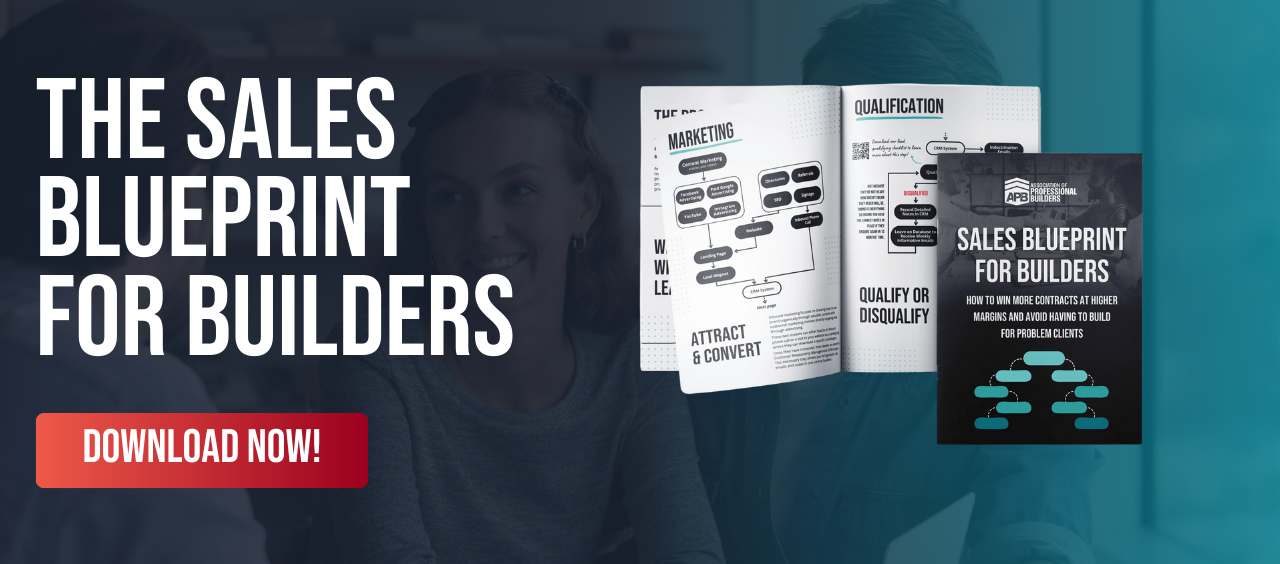If you are sick of prospects sitting on the fence about building with you, this article might be just what you need…
Your sales follow-up can be the thin line between a maybe and a resounding YES.
But not all follow-ups are created equal.
The key?
Precision, personalisation, and a proactive approach that leaves nothing to chance.
Schedule, Don’t Just Promise
First and foremost, always schedule a follow-up meeting rather than leave things vague with a promise to call.
This simple shift ensures a commitment from your prospect and sets a clear timeline for both parties. It’s about creating a sense of continuity and respect for each other's time.
Send Your Prospect Homework
The moment you sense hesitation, understand that it often stems from a lack of confidence: in the product, the company, or perhaps you, the salesperson.
Jordan Belfort, in his Straight Line Selling methodology, emphasises addressing these areas head-on. How? Through homework.
Yes, homework. After scheduling your next meeting, send your prospect an email with a carefully selected piece of homework. This could be an article that showcases a recent home you’ve built or a video testimonial from a happy client that underlines your company's reliability and the value you bring to the table.
How does homework progress the sale?
By pinpointing the root of the prospect’s hesitation, you can tailor your homework to directly confront and alleviate these doubts.
It also keeps the conversation going outside the meeting. It keeps your prospect engaged with your building company, making them more invested in the process.
By providing evidence of your effectiveness at delivering homes, your company's reputation, or your personal credibility, you’re building a foundation of trust.
Crafting The Perfect Homework Assignment
Tailor the assignment to directly address the prospect's concerns based on the three areas of Straight Line Selling; the product, the company, or you.
Here are some examples:
- For the product, send an article or video covering your Unique Selling Proposition (USP)
- For the company, send an article or video demonstrating why your company is the best at what it does (Case Study)
- For you (no salesperson ever thinks it's them that is the problem!), link to information that demonstrates you are credible and trustworthy, such as a LinkedIn profile or online bio. Building rapport in your conversations is essential to establishing credibility, so if this continues to fall over, work on how you can improve your rapport.
Your prospect is busy. Provide homework that is impactful yet concise enough that they will actually engage with it. Short videos work great!
Also, use the homework as a talking point in your next meeting. This shows you're attentive and truly invested in addressing their needs.
Sealing The Deal
The follow-up meeting is your stage. Start by discussing the homework.
What did they think? Did it address their concerns? Use their feedback as a springboard to dive deeper into how your product or service can meet their needs, removing any remaining doubts.
In every step of this process, from the scheduled follow-up to the customised homework, the goal is to make the prospect feel valued and understood. It’s about showing them that you are not just after a sale but after a building experience that genuinely benefits them.
Your Next Steps
The art of the follow-up is about moving beyond the transactional and towards building a relationship. It’s a testament to the value you place on each prospect and the lengths you are willing to go to address their unique needs and concerns.
Next time you are on the brink of closing a deal, remember: schedule that follow-up meeting, assign that piece of homework, and watch your maybe turn into a YES.
Give this a go. Tailor it, test it, and make it your own. The results will not only reflect in your closed deals but also in the lasting relationships you build along the way.


%20(1).jpg)

